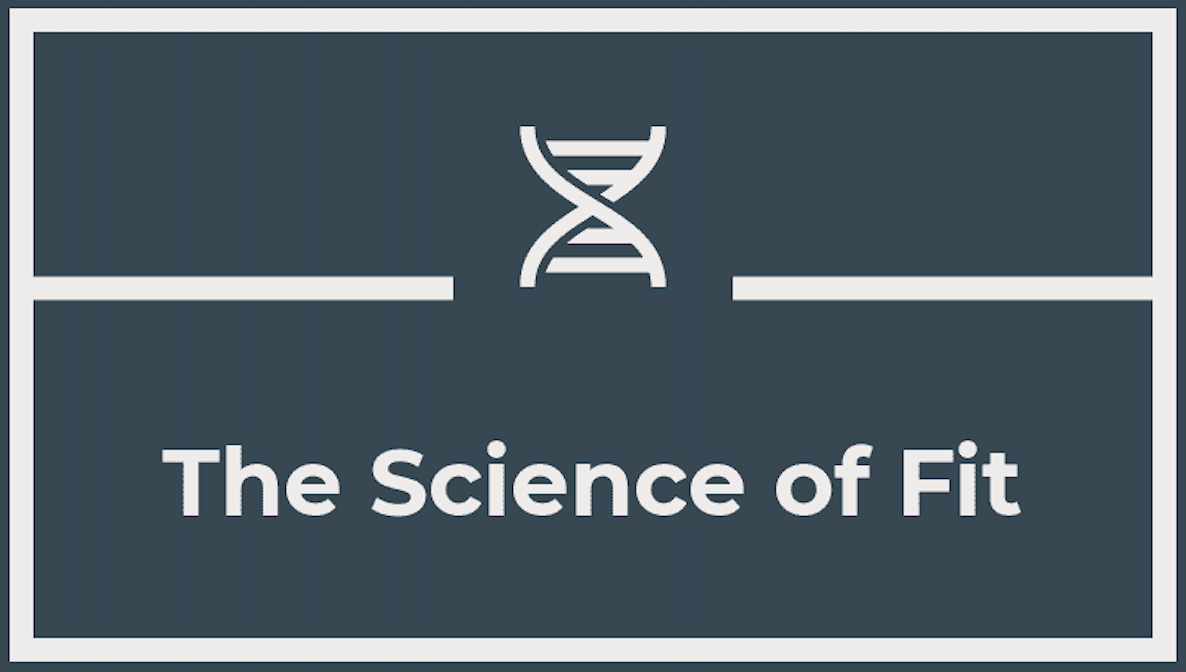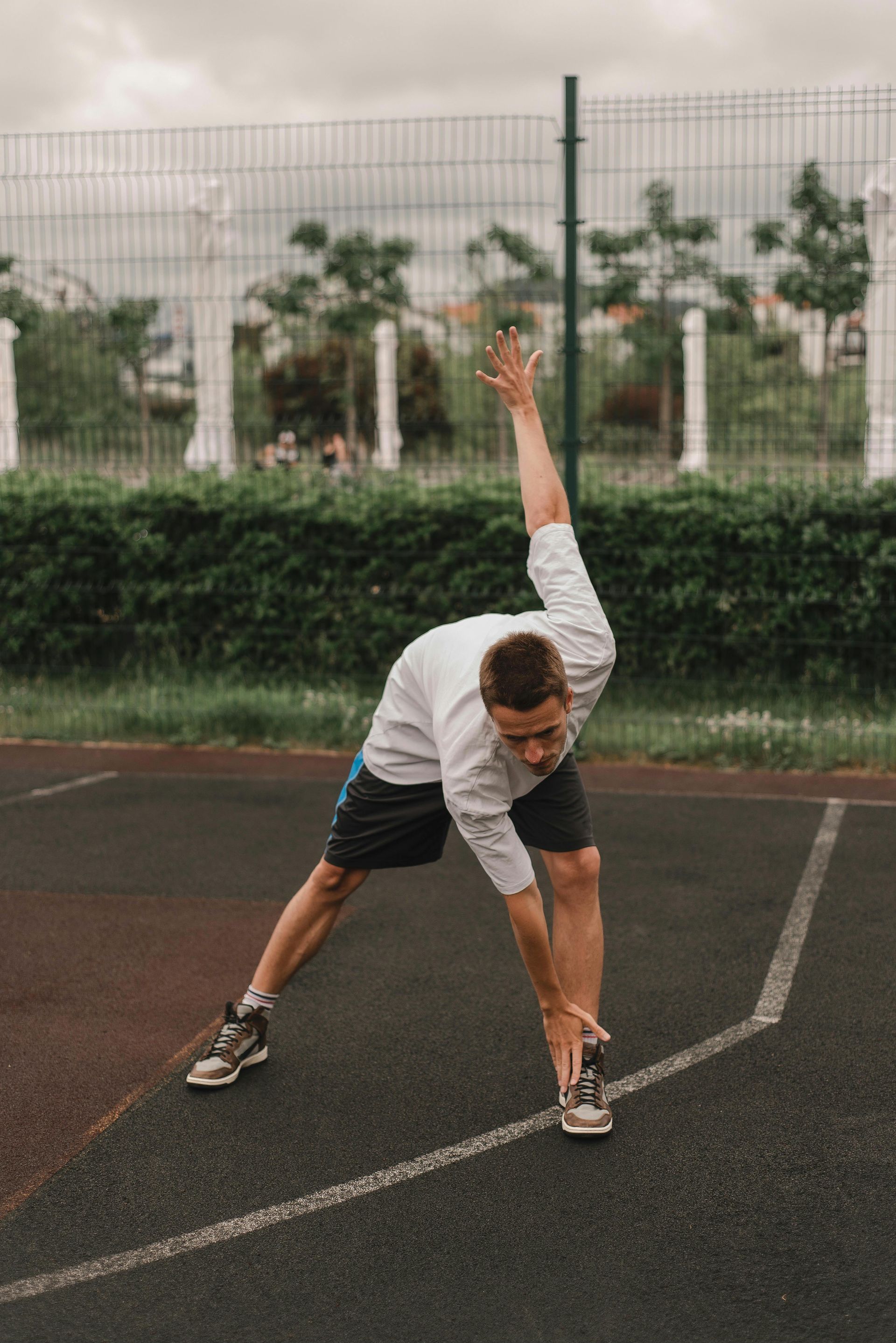Chin Stand
The Chin Stand, also known as Ganda Bherundasana, is an advanced yoga pose that requires strength, flexibility, and balance. It is essential to warm up thoroughly and master foundational poses before attempting the Chin Stand. Here's a step-by-step guide on how to perform the Chin Stand yoga pose:
Preparation:
Warm-up:
- Start with a thorough warm-up to prepare your body, focusing on the spine, shoulders, core, and hips. Sun Salutations and poses like Downward Dog, Cobra, and Bridge can be beneficial.
Core Strength:
- Strengthen your core with exercises like Plank variations and Boat Pose.
Shoulder and Hip Flexibility:
- Open up your shoulders and hips with stretches like Cow Face Pose and Thread the Needle.
Steps to Perform Chin Stand:
Setup:
- Begin in a kneeling position on your mat.
- Place your forearms on the mat with your elbows shoulder-width apart.
- Clasp your hands together, forming a triangular shape with your forearms.
Head Placement:
- Bring the top of your head to the mat, creating a stable base with your forearms.
Positioning the Legs:
- Lift your hips toward the ceiling, coming into a Dolphin Pose (similar to Downward Dog but on your forearms).
- Walk your feet in toward your face, allowing your hips to lift higher.
Lift One Leg:
- Shift your weight onto one leg and begin to lift the other leg off the mat. Keep the lifted leg straight.
Engage Core Muscles:
- Activate your core muscles to stabilize your body in the inverted position.
Lift Second Leg:
- Gradually lift the second leg off the mat, coming into a full inversion. Both legs should ideally be straight and stacked above your hips.
Chin to Chest:
- As you gain balance, bring your chin toward your chest, tucking your head slightly.
Hold and Breathe:
- Maintain the pose for a few breaths. Focus on steady breathing and engagement of your core and leg muscles.
Exit the Pose:
- To come out, lower one leg at a time with control, returning to Dolphin Pose.
- Slowly lower your knees to the mat, taking a moment in Child's Pose to release any tension.
Tips:
- Start with Preparatory Poses: Practice Dolphin Pose and Forearm Stand to build strength and familiarity with the inverted position.
- Use a Wall: Practice near a wall for support and stability. Gradually work on lifting one leg at a time until you feel confident.
- Engage the Core: Strong core engagement is crucial for stability in this pose. Focus on drawing your navel toward your spine.
- Be Patient: Chin Stand requires time and consistent practice. Be patient with your progress, and avoid rushing into the pose.
- Listen to Your Body: If you feel any pain or discomfort, exit the pose immediately. Consult with a yoga instructor for guidance and modifications if needed.
It's advisable to learn the Chin Stand under the guidance of an experienced yoga instructor to ensure proper alignment and reduce the risk of injury. This pose may not be suitable for everyone, especially those with neck or shoulder issues, so always prioritize safety and consult with a healthcare professional if you have any concerns.
Contact Us
Contact Us
We will get back to you as soon as possible
Please try again later


